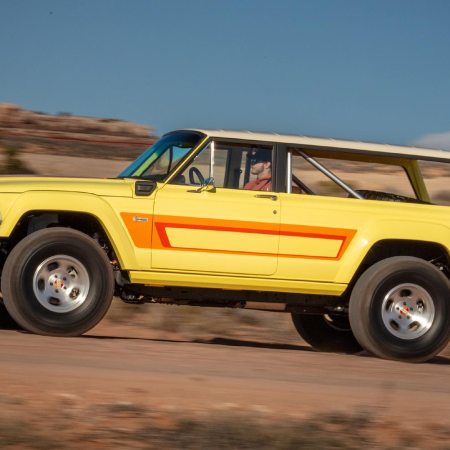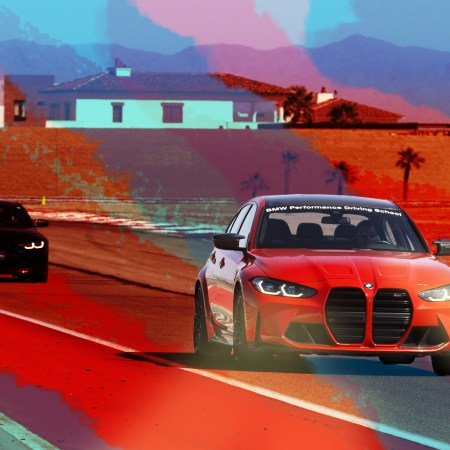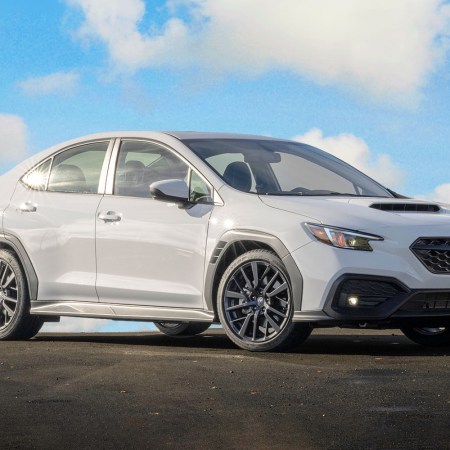Lamborghini founder Ferruccio Lamborghini famously decided to launch his own automotive marque in 1963 because he found Ferrari’s road cars too tame compared to their race-going brethren.
Freed from “wasting” time and resources on racing, he vowed that all of Lamborghini’s competition would happen on the street. Thus was born the world’s first supercar — the Lamborghini Miura — in 1966, along with a disregard for pragmatism that saw the company go bankrupt just 12 years later. (Ferruccio himself had sold out four years prior, in 1974.)
Present-day Lamborghinis owe their existence to the Volkswagen Group, which acquired the brand in 1998. Ferruccio, who died in 1993, would have hated the various concessions the Germans made to streamline manufacturing. But increased efficiency has yielded profitability, and a new generation of Lamborghinis that can almost be described as — gasp! — practical.
Like: the Huracán.
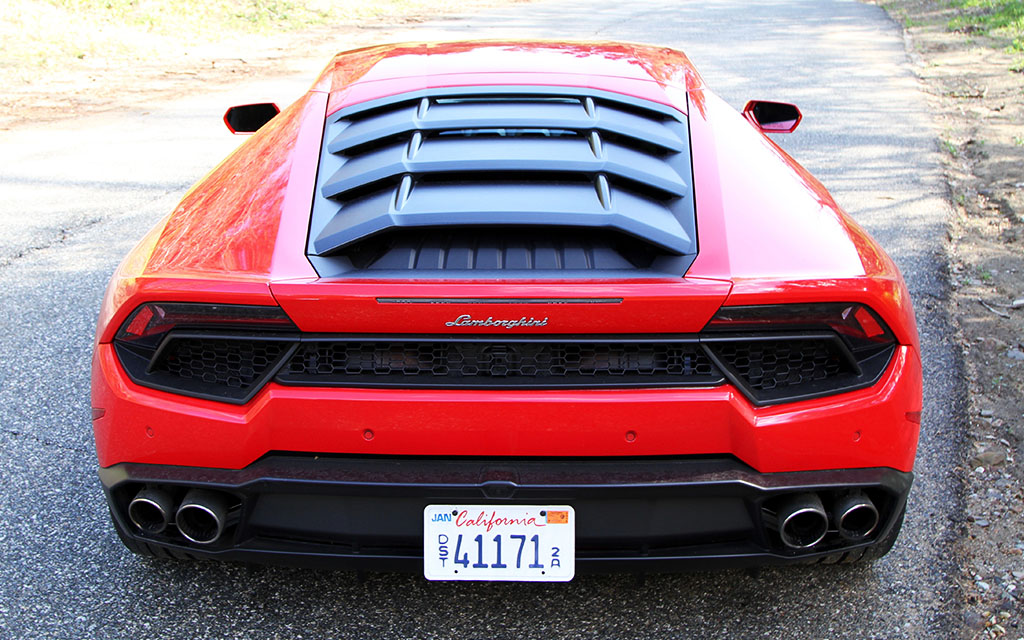
Lamborghini’s newest car is also its most drivable: a supercar that could, in theory, be your daily driver … assuming you don’t need to transport anything larger than a blonde and a briefcase. The fact that the blonde is still part of the equation is a testament to VW’s skill at keeping this an essentially Italian car, never mind the fine print (the body is from Germany, the engine from Hungary). Lamborghinis have always been extremely, unabashedly sexy — even if the libido lurks too near the surface for some — and the Huracán could be the best car in the world and still fail as a Lamborghini if its design did not carry the strains of the Miura’s DNA.
It was the Miura, beloved of iconoclasts of its day like Frank Sinatra and Miles Davis (the latter of whom kept a .357 Magnum under the seat), that we kept thinking about as we drove a Huracán RWD coupe across Southern California recently. That car was notoriously hard to handle (Miles totaled his in 1972), a trait passed down to all Lamborghinis that followed it as a matter of course.
Until, of course, the Huracán turned up.
We never felt the back end start to slip on our cruise, which encompassed driving conditions and road surfaces of all kinds. Which isn’t to say the Huracán is tame, but rather tamable. No car with 570 horses and a base price kissing $200K that can do 0-60 in 3.4 seconds and tops out at 198 MPH should ever be called tame, especially one bearing Lamborghini’s raging bull emblem, but the Huracán has learned some manners to match its muscle.
That’s down to a switch on the steering wheel that controls something called “ANIMA” (Adaptive Network Intelligence Management), which allows you to toggle between strada (street), sport and corsa (race) modes. Essentially equating to three cars in one, it adjusts transmission, engine, axle torque split, steering and damper settings depending on whether you’re dealing with the morning commute or showing some jackass in a Corvette who’s boss. And while the steering wheel-mounted paddles are there for you to take control, the car is capable of banging out shifts faster than any mere human can.
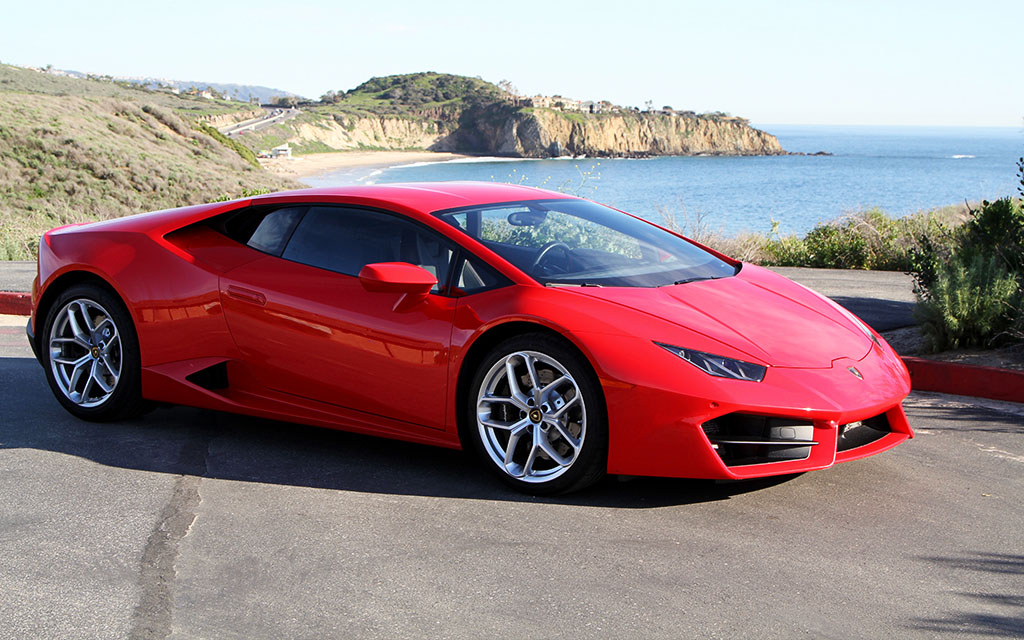
Then there’s the interior: still reassuringly exotic, if perhaps a bit too reliant on plastic switches. The emphasis here is on sportiness, though, with a design inspired by the hexagonal Lamborghini Marzal concept car from 1967, which gives that retro-futuristic panache that has come to be synonymous with the Italian marque.
Lamborghini also prides itself on a wide array of options for customization, from contrast stitching on the leather surfaces and six different brake caliper colors to basically anything you can imagine courtesy of the marque’s Ad Personam program.
This, too, is something of a throwback to the Miura: Frank Sinatra famously showed up at the factory in Sant’Agata Bolognese with rolls of wild boar hide and shag carpeting in tow, insisting that his bright orange car be upholstered with them.
If only those seats could talk.
This article was featured in the InsideHook newsletter. Sign up now.
